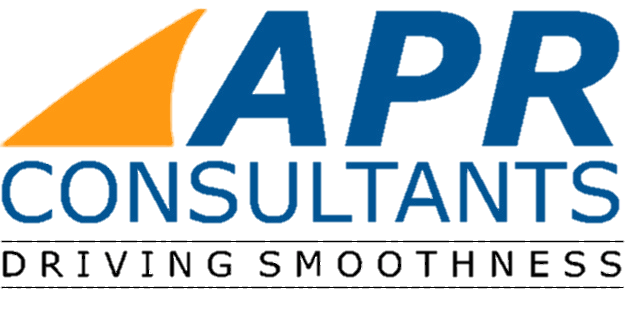Ride Quality Indexes – Unfortunately, It’s Not That Easy.
By Michael Gerardi
Yes or No. On or Off. Hot or Cold. Paper or Plastic.
Wouldn’t it be nice if everything could be solved with as few of choices as possible? Life would be simpler. Unfortunately, life is rarely that simple. And so it seems is quantifying the ride quality of a runway. Over the years a variety of indices have been developed to try to quantify the ride quality of a pavement. These indices attempt to provide a yes or no answer for pavement acceptance and when trying to identify areas of roughness.
However, the severity of an aircraft’s response, like the response of any other vehicle, is largely based on the speed of encounter. Consider this example; imagine that you’re driving a car and encounter a speed bump at 5 mph (8 kph), you will probably classify the vehicle’s response to be acceptable at that slow speed. However, if you encountered that bump at 50 mph (80 kph), you would probably classify the vehicle’s response to be much, much worse. At this point, you may be reading this and saying to yourself that this is common-sense, what’s your point? Well, the point is that the indexes we use today to evaluate the ride quality of pavements do not account for the vehicle’s speed. This fact makes these indices unreliable in their ability to characterize the pavement’s true rideability.

Figure 1. At what speed would the response to this bump become unacceptable?
With that in mind, let’s look at the more common methods used to evaluate a pavement’s ride quality.
PROFILE INDEX
Using a California Profilograph, this index produces an “inches per mile” value based on the vertical displacement of a sensor wheel located in the middle of a 25-foot (8m) frame of the device. Values of 7 inches (13cm) per mile or less are considered acceptable and will result in no penalties for new airfield pavement.[1]
-
First, let’s get one thing clear about the California Profilograph and the Profile Index; it is used to evaluate construction quality, not smoothness from an aircraft response perspective. Unfortunately, this device/method is frequently used to try to find areas of reported roughness.
-
The Profile Index looks only at profile characteristics. It does not care where the event is located and, therefore, the speed of encounter. Secondly, the wavelengths detected by this device can only be about 25 feet (8m) in length. This wavelength limitation brings about its own issues.
[1] As quoted in FAA AC 150/5370-10G, Section P-401-8.1d
THE BOEING BUMP INDEX (BBI)
The Boeing Bump Index looks at event amplitude vs event wavelength. This is then plotted and categorized as either Acceptable, Excessive or Unacceptable.
-
Because the BBI can evaluate a bump or dip of any length, it is better than the traditional Profile Index technique. But, because it is an index, it doesn’t take event location into account and therefore, the speed of encounter.
-
Another issue with the BBI is that it can only detect single-event roughness, not multiple events in succession. More about the BBI can be found here.
THE INTERNATIONAL ROUGHNESS INDEX (IRI)
IRI uses an algorithm to predict the vertical displacement of a single automotive strut in relation to the measured pavement profile. Like the Profile Index, it adds up the inches the strut is predicted to move up and down in relation to the measured profile and produces an inches per-mile index.
-
Unlike the other indexes, the IRI does use speed in its algorithm. In this case, the car is moving at a constant 30 mph (48 kph).
-
While the IRI can be effective for some short wavelength roughness detection, it is limited because it models a car – not an airplane. The long wavelength events that can affect aircraft response will be missed when using the IRI.
